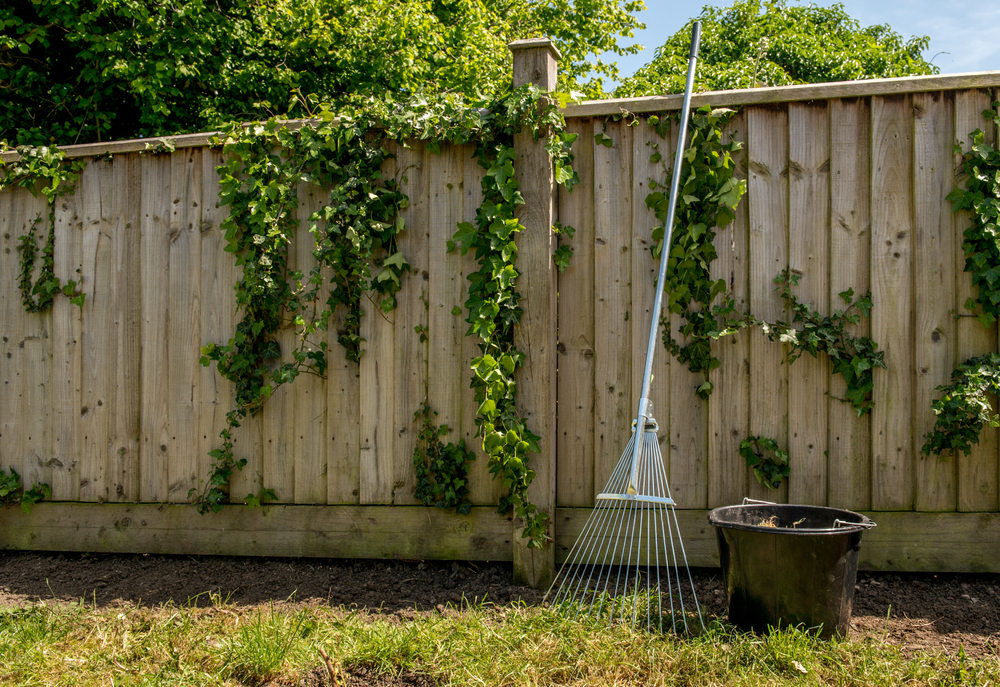If you’re like many Utah fence owners, you want your fence to be not only a protective element, but also a positive aesthetic feature. And for the minimalists among us, plus many who prefer simplicity and a lack of clutter or are worried about their impact on the fence’s long-term quality, this means ensuring additions like vines or ivy don’t become permanent parts of the fence’s visual setup.
At Utah Fence Warehouse, we’re happy to offer a wide variety of fencing options, including wood fences, vinyl fences, chain link and many other choices. We also provide expertise to all our clients on how to care for and maintain their fences, including on themes like ivy and vines. For some, these kinds of elements are actually desirable and add life to the fence; for others, removal is necessary for a combination of aesthetic and practical reasons, as vines may wear-down or damage certain fence types. If you’re in this latter group, here are some basic tips on how to remove ivy and vines from a fence, plus for preventing them from returning long-term.

Ivy Removal
The more damaging of these two is the ivy plant, especially if it’s left to grow significantly over a fence. Ivy has long tendrils that will infuse themselves into various parts of the fence structure, eventually becoming an inextricable part of the fence itself by weaving their way throughout the entire thing. In some cases, this even leads to situations where the ivy is holding parts of the fence together after damaging them, and removal at this point will risk damage.
Before this happens, attend to ivy on your fence by cutting it from its roots, as deeply as you can go. From here, you could also spray the cut root area with herbicide, though you must be sure this is safe for any children or pets on your property.
Vine Cutbacks
Vines grow slower than ivy, and won’t be quite as aggressive in terms of wrapping itself around your fence. But they can still grow into significant blockers over time.
If you want to get rid of vine issues, you might be fine just pruning it. In addition, however, you might consider attaching a wire or string to the fence, which will cause the vine to grow on this new item instead of the fence. If desired, you can “train” vines in this way rather than removing them, or combine these approaches.
Long-Term Prevention
Long-term prevention of both these plant types comes through regular digging and spraying. Locate the roots for ivy and vines, the former in particular, and both dig them out and spray their area with a quality herbicide.
For more on getting rid of ivy or vines on your fence, or to learn about any of our fence services in Utah, speak to the staff at Utah Fence Warehouse today.
- Fence Post Spacing: Specific Materials - March 12, 2024
- Fences and Pets: Pet Needs, Wood and Chain Link - December 12, 2023
- Garden Fence Selection: Privacy, Security, Style - October 10, 2023

